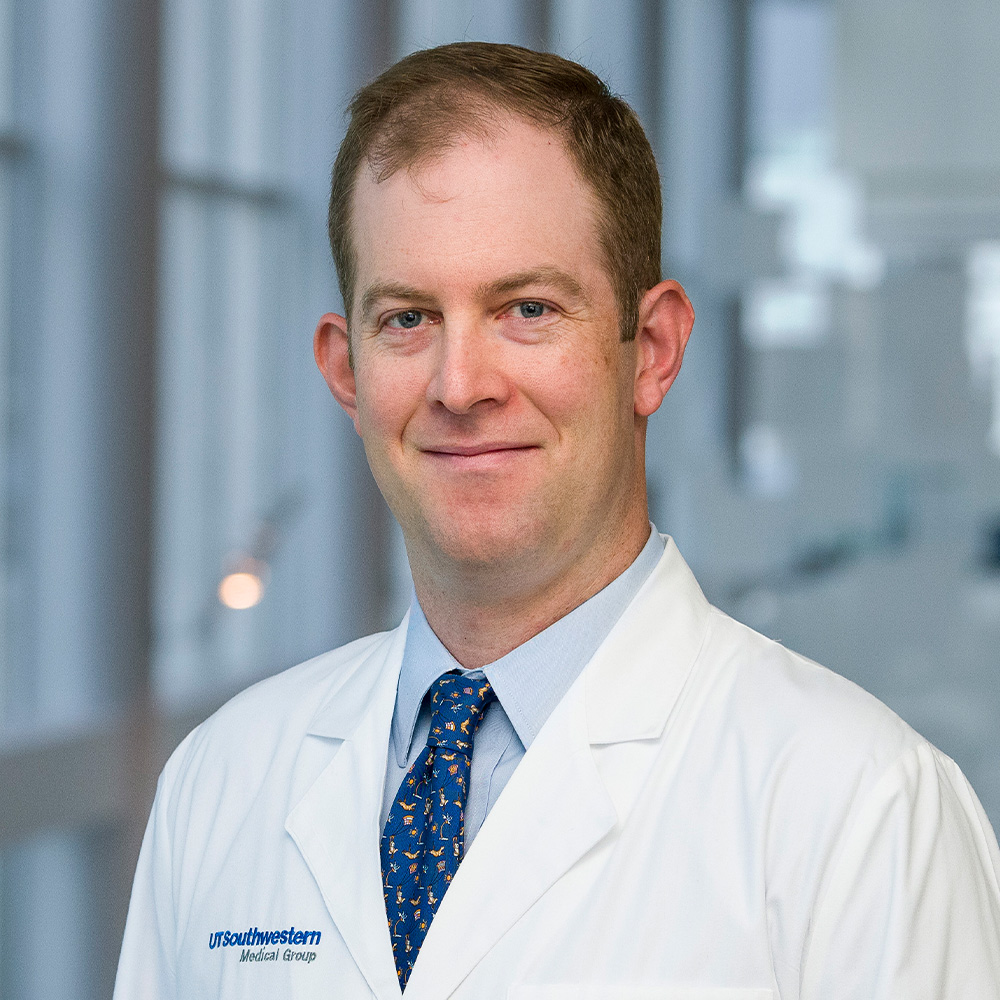Consider risks and alternatives before deciding on LASIK surgery
UT Southwestern ophthalmologists use technology to personalize treatment as FDA urges doctors to provide more information on side effects

DALLAS – Jan. 13, 2023 – Patients considering LASIK vision correction surgery should weigh the risks as well as benefits and see a doctor who can assess whether they are a good candidate for the procedure, according to an ophthalmologist at UT Southwestern Medical Center.
“At UT Southwestern, we use a patient-specific approach to LASIK with technology that calculates the precise pattern of a patient’s eye, like a fingerprint, and adapts the treatment to those measurements. This level of customization is one of the keys to reducing the potential for side effects,” said William Waldrop, M.D., Assistant Professor in UT Southwestern’s Department of Ophthalmology.
New guidelines proposed by the Food and Drug Administration would require physicians to provide better communication about the risks associated with LASIK, which can include dry eyes; visual phenomena such as glare or halos; decreased vision in low-light settings; eye pain; and temporary distortions in vision. Many of these side effects dissipate after three to six months.
Each year, an estimated 700,000 patients in the U.S. undergo LASIK to reduce their dependency on glasses or contact lenses. The procedure, which has been available in the U.S. since 1998, is fast, painless, and in most cases, provides improved vision for 10 years or longer.
“From the beginning, LASIK outcomes have been outstanding, and we’ve continually improved the procedure to allow for a higher likelihood of better vision and higher quality vision,” Dr. Waldrop said. “Ultimately, though, the answer may be ‘no’ to LASIK, and sometimes that is the safest choice. LASIK isn’t always the best or only option for vision correction.”
Dr. Waldrop said patients considering LASIK should focus first on choosing the right surgeon. UTSW ophthalmologists are skilled in a variety of vision correction surgeries, including advanced surface ablation and refractive lens exchange.
“You want a surgeon who will take the time to do a thorough examination and pre-surgical workup to determine if it’s appropriate for your unique characteristics,” he said. “Has wearing contacts changed the surface of your eye? How thick is your cornea? What is the likelihood of your cornea taking on an irregular shape after surgery? Those are all factors that can impact the success of your surgery.
“If you aren’t a suitable candidate for LASIK, you want your surgeon to be upfront with you and offer an alternative,” Dr. Waldrop said.
About UT Southwestern Medical Center
UT Southwestern, one of the nation’s premier academic medical centers, integrates pioneering biomedical research with exceptional clinical care and education. The institution’s faculty has received six Nobel Prizes, and includes 24 members of the National Academy of Sciences, 18 members of the National Academy of Medicine, and 14 Howard Hughes Medical Institute Investigators. The full-time faculty of more than 2,900 is responsible for groundbreaking medical advances and is committed to translating science-driven research quickly to new clinical treatments. UT Southwestern physicians provide care in more than 80 specialties to more than 100,000 hospitalized patients, more than 360,000 emergency room cases, and oversee nearly 4 million outpatient visits a year.
